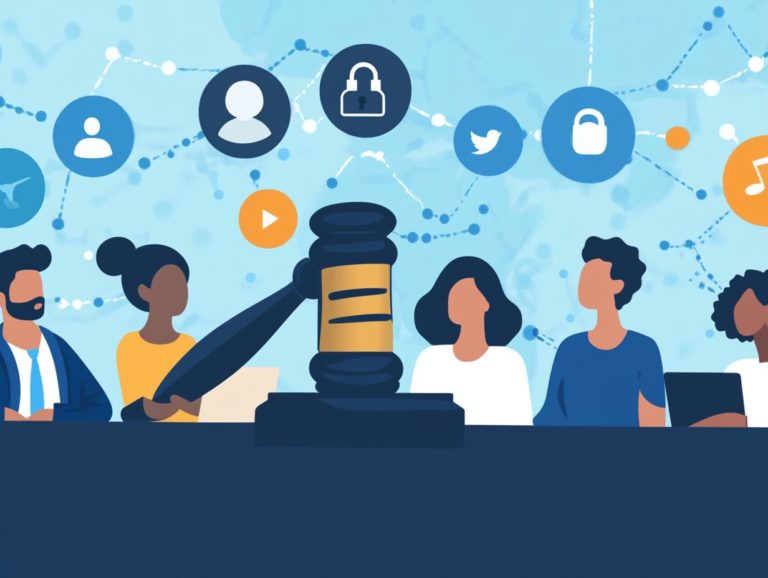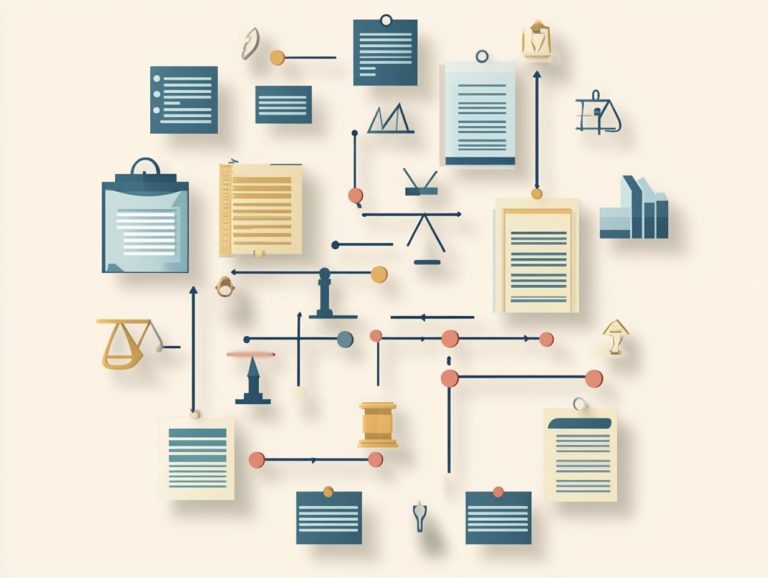What Happens When Copyright Expires?
Copyright expiration is a pivotal aspect of intellectual property that can greatly impact you as a creator, consumer, or art enthusiast.
As works transition into the public domain, the landscape of ownership and distribution shifts dramatically, unlocking fresh opportunities for access and reinterpretation.
This article explores the intricacies of copyright expiration, examining its effects on creative works and the factors that dictate when a copyright concludes.
Discover how to identify expired works and understand their implications, ensuring you stay informed in this dynamic and evolving realm.
Contents
Key Takeaways:
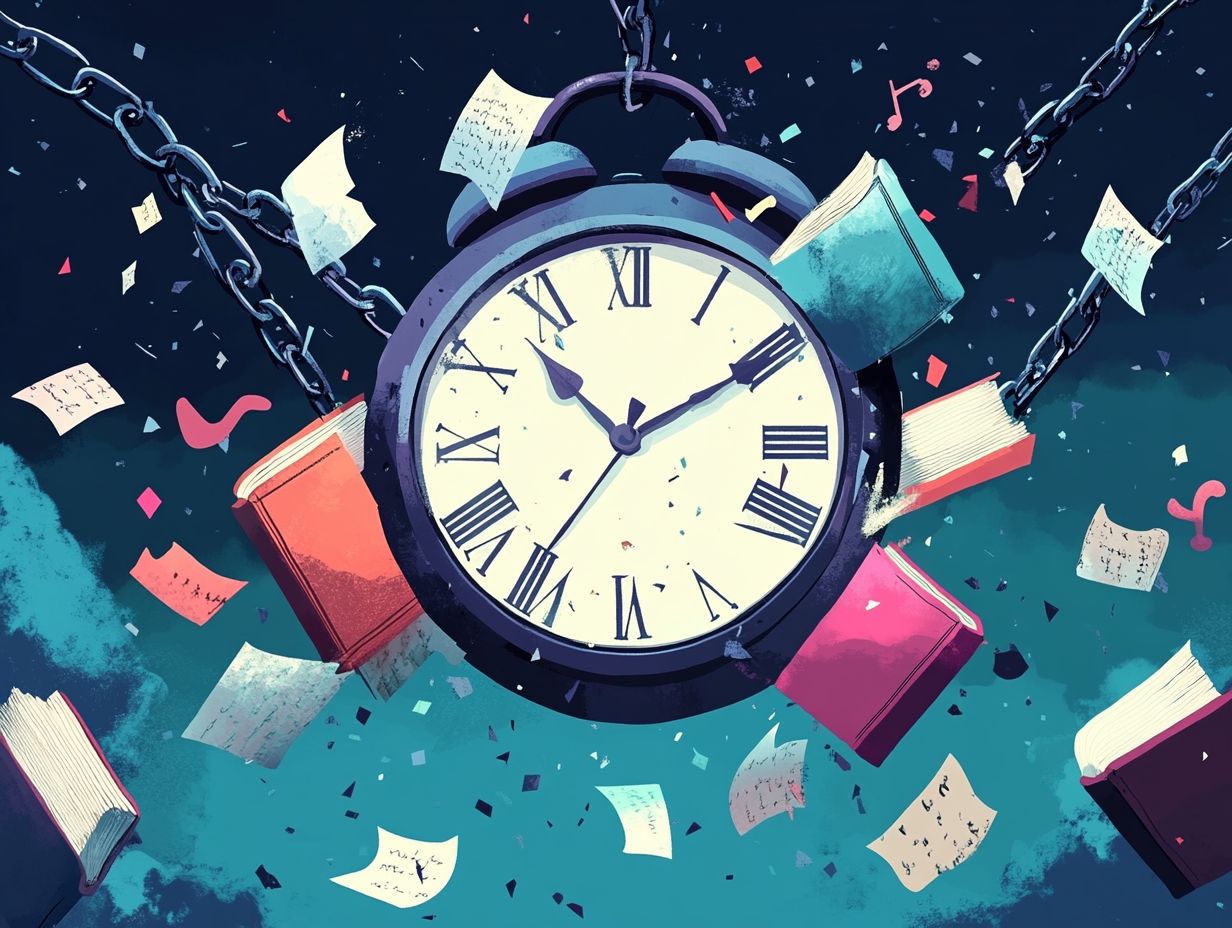
Copyright expiration changes who owns creative works.
The length of copyright depends on the type of work and when it was published.
Once copyright expires, works enter the public domain or can be used under fair use.
What Happens When Copyright Expires?
Understanding copyright expiration is essential for you as a creator or user of creations like art, music, and writing. It sets the framework for copyright protection and marks the eventual transition of works into the public domain.
Copyright protection lasts for a specific duration depending on factors such as the type of work and its publication date. For instance, according to the U.S. Copyright Office, works published after 1978 typically enjoy a copyright term that extends to the creator’s lifetime plus an additional 70 years.
Being aware of these details helps you navigate copyright complexities, including registration, renewal requirements, and the implications surrounding work created for someone else.
Effects of Copyright Expiration
The effects of copyright expiration can reshape ownership and distribution dynamics for creative works, allowing them to become public domain assets that anyone can use without permission.
Once copyright protection lapses, creators may lose control over their works, paving the way for broader public access and utilization. This change opens up exciting opportunities but also brings challenges, as works that were once exclusive can now be freely adapted, remixed, or commercially exploited across various platforms.
Changes in Ownership and Distribution
Changes in ownership and distribution following copyright expiration can significantly alter how creative works are utilized and shared within society. When a creative work enters the public domain, it unleashes new interpretations, adaptations, and redistributions, free from previous ownership limitations.
Take, for example, the recent public domain status of cherished characters like Disney’s Winnie the Pooh. This shift allows artists and writers to craft fresh narratives, breathing new life into classic tales.
This transformation fosters a rich variety of creative projects and challenges traditional concepts of intellectual property. As society embraces these developments, you may find yourself navigating a landscape ripe for innovation, even as the debate over ownership rights remains a significant topic of discussion.
Impact on Creative Works
The impact of copyright expiration on creative works is significant, allowing them to enter the public domain, where anyone can freely access, modify, and repurpose them.
This shift enhances accessibility for artists and innovators, cultivating a collaborative environment that encourages diverse ideas to flourish.
By facilitating a dynamic exchange of creativity, it enables you to reinterpret classic literature, music, and art, breathing new life into these timeless pieces.
While this influx of shared resources can ignite innovation, it also raises valid concerns for original creators who may find their works reimagined without proper recognition or compensation.
Striking a balance between public access and copyright protections is essential for preserving the integrity of original authorship while fostering a vibrant creative landscape.
Factors That Determine Copyright Expiration
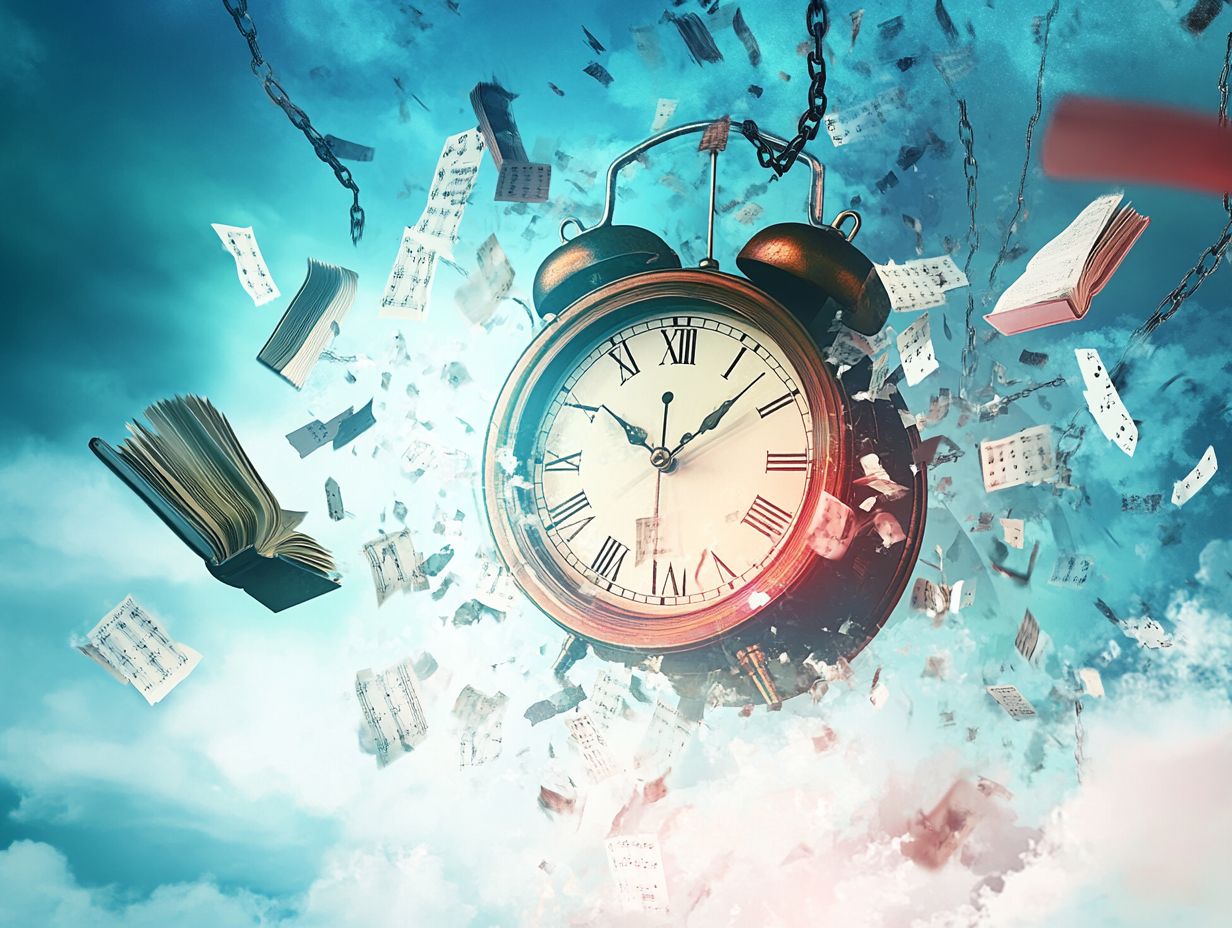
Several factors influence the expiration of copyright. These include the copyright term, specific laws applicable at the time of publication, and the nature of the creative works involved.
Copyright duration varies considerably. It depends on whether the work is an original creation, created for someone else s project, or subject to regulations like the Berne Convention.
The 1978 amendments to U.S. copyright law added complexity. This is especially true regarding renewal requirements and the duration of protections for various types of works.
Understanding these details will empower you to navigate the intricate landscape of copyright.
Length of Copyright Term
The length of the copyright term is crucial. It determines how long your work stays protected before entering the public domain.
In the U.S., copyright terms vary by work type. For creations after January 1, 1978, protection lasts your lifetime plus 70 years.
This extended duration helps you manage your rights effectively. Register your works now to protect your rights and secure your financial future.
Doing so not only strengthens your legal claims in cases of infringement but also provides additional remedies.
Types of Creative Works
Different types of creative works receive varying copyright protections. This influences their expiration and eventual entry into the public domain.
For instance, literary works like novels and poetry have a defined copyright duration that can be renewed under certain conditions. This allows you to safeguard your creations for extended periods.
If you are an artist creating paintings or sculptures, specific rules regarding duration and renewal can impact your ability to maintain control over your original pieces.
Musical works, including compositions and recordings, have distinct copyright guidelines that address performance rights and reproduction. Understanding these categories and their associated regulations is essential for you as an artist or creator.
What Happens to Works After Copyright Expires?
Once copyright expires, works typically transition into the public domain. This transition grants you broader access and opens the door to fair use.
This shift profoundly influences how you utilize these works in your creative projects and commercial ventures.
Public Domain and Fair Use
The public domain is a remarkable outcome of copyright expiration. It allows works to be used freely by anyone, sparking innovative adaptations and new creative projects without legal constraints.
This legal framework contrasts with fair use. Fair use permits limited use of copyrighted material under specific conditions, such as commentary, criticism, or educational purposes.
For example, many classic literary masterpieces, including those by Shakespeare, have entered the public domain. This grants filmmakers and authors the freedom to reinterpret these stories without needing permission.
In contrast, a fair use scenario might allow a teacher to share excerpts from a modern novel during class discussions. Both concepts encourage creativity, but public domain status opens up a broader array of opportunities for transformative works, enabling independent creators and enriching cultural discourse.
Renewal and Reversion of Copyright
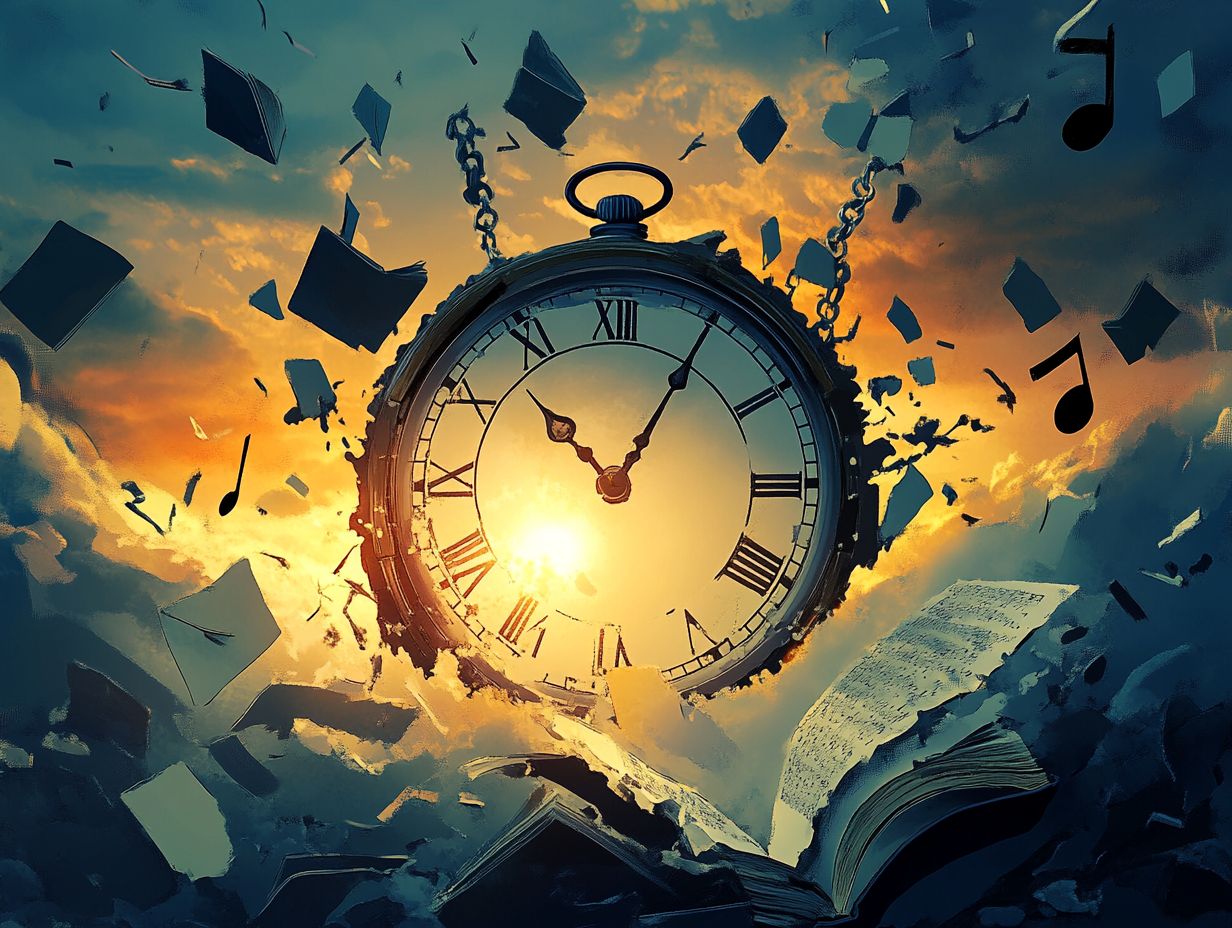
Renewal and reversion of copyright are crucial processes. These can significantly influence how long your copyright protections last and when your works enter the public domain. Understanding how these processes operate can have a profound impact on both creators and owners.
As a copyright holder, it’s essential for you to be aware of the specific timelines involved in renewing your rights. Renewals typically occur 28 years after the initial copyright grant, with the option for a subsequent renewal extending for another 67 years.
The concept of reversion lets you, as an author or your heirs, reclaim rights after a designated period. This often results in a shift in ownership. For example, under the Copyright Act of 1976, works created after January 1, 1978, enable authors to reclaim their rights 35 years after publication.
This mechanism is vital for maintaining control over your creative output.
How to Determine if a Work is Copyright Expired
Determining whether a work’s copyright has expired requires a thorough exploration of its copyright status. You can utilize resources such as the U.S. Copyright Office, which offers vital insights on both registered and unregistered works.
This diligent research will enable you to navigate the complexities of copyright law effectively.
Resources for Checking Copyright Status
Numerous resources exist for you to check copyright status. The U.S. Copyright Office serves as the primary authority for verifying whether a work has crossed into copyright expiration. Beyond this, you can delve into various online databases, such as the Copyright Public Records System, which provides searchable records of registered works.
Organizations like Creative Commons offer invaluable tools to help you understand copyright rules and locate works that are available for reuse. Libraries and educational institutions often curate resources designed to assist you in determining the copyright status of specific materials.
Online platforms guide you through copyright law, making it easier for you to confirm a work’s protection status.
Importance of Copyright Registration
Copyright registration is an essential step in granting legal recognition and bolstering the protection of your creative works under copyright law, particularly in the United States. By formally registering with the U.S. Copyright Office, you unlock significant legal advantages should any infringement occur.
Registered works are much easier to defend in court. In case of a dispute, having that registration acts as prima facie evidence of ownership, making it far less burdensome for you to assert your rights against unauthorized use.
The registration process is quite straightforward. Typically, you need to fill out an application, submit a copy of your work, and pay a fee. Registering your work not only protects your creativity but also gives you peace of mind in a competitive landscape.
Frequently Asked Questions
What happens when copyright expires for a creative work?
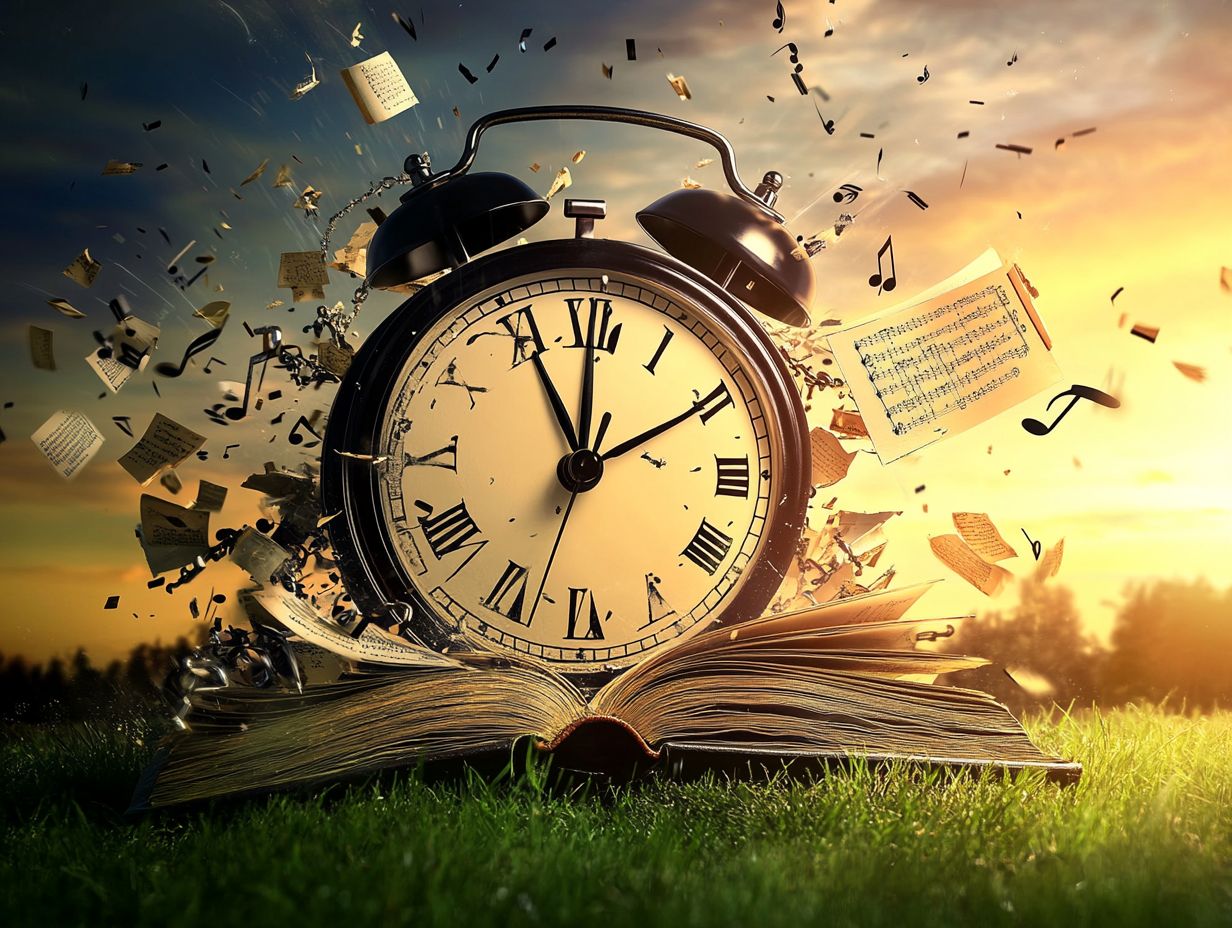
When copyright expires, the work enters the public domain and can be used freely by anyone without permission or payment to the original creator.
How long does copyright protection last?
The length of copyright protection varies depending on the type of work and the country it was created in. In general, it lasts for the life of the creator plus an additional 70 years after their death.
Can copyright expire before the designated term?
In some cases, copyright can expire before the designated term if the creator actively releases the work into the public domain or fails to renew their copyright protection.
What happens if someone uses a copyrighted work after it has expired?
If the work is in the public domain, anyone can use it freely without permission. However, if someone uses a copyrighted work that has not yet expired, they could face legal consequences for copyright infringement.
Are there exceptions to copyright expiration?
Yes! Some works, like those created by the government, are public domain from the start. Others may have perpetual copyright granted by the creator or their estate.
Can copyright expire and then be renewed?
Copyright can sometimes be renewed after it expires. This often applies to works created before 1978 in the United States. Creators or their heirs can extend it for an additional 67 years.




